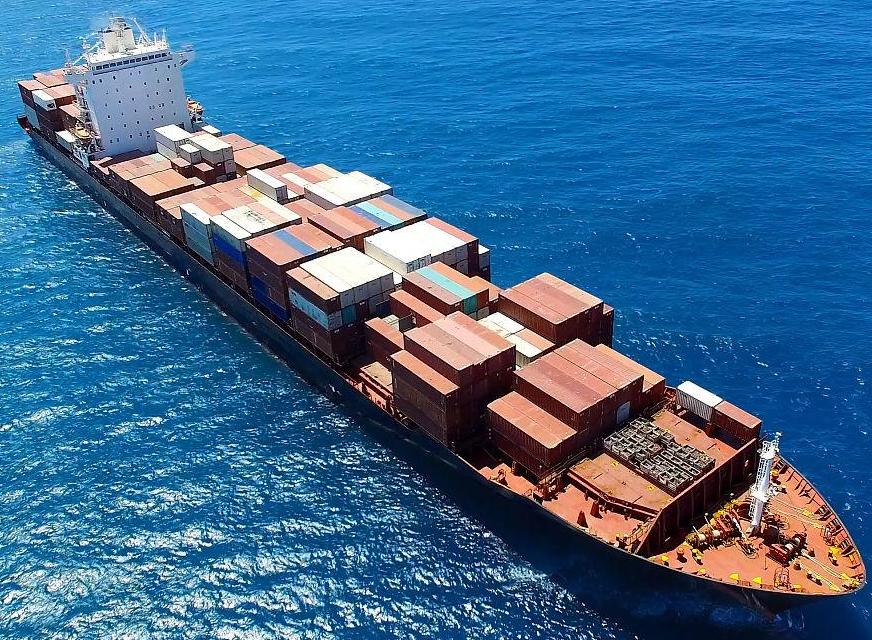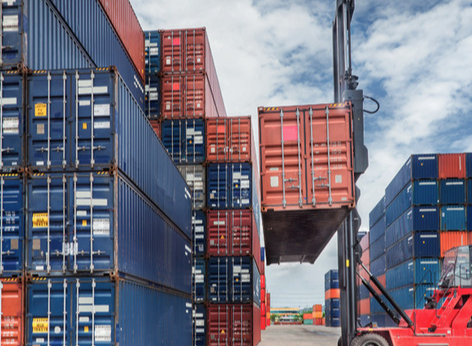FBA LCL Quote
FBA 40HQ FCL Quote
In the world of business, the pressure to reduce expenses often leads procurement teams to gravitate toward the cheapest suppliers. While this approach may seem financially prudent initially, the hidden costs associated with choosing the cheapest supplier can be detrimental in the long run. These hidden costs manifest in various forms, deeply impacting overall business performance and profitability.
Quality and Material Costs
One of the most immediate risks of opting for the lowest-priced supplier is compromised product quality. Suppliers may cut corners by using inferior materials or substandard production processes to meet the low price point. This leads to products that are prone to defects, reducing customer satisfaction and increasing return rates and warranty claims, thereby negatively impacting your brand reputation and incurring additional costs for repairs, replacements, and customer support.
Extended Lead Times
Lower-priced suppliers may not have the capability to handle large or complex orders efficiently. They often prioritize more profitable clients, leading to significant delays in delivery times. Extended lead times can disrupt your supply chain, causing stockouts or forcing you to maintain higher inventory levels, which ties up capital and increases storage costs.
Poor Supplier Reliability
Inconsistent performance and reliability issues are common with cheaper suppliers. These suppliers might face frequent equipment breakdowns or lack the capability to scale operations. Such inconsistencies can result in missed deadlines, production halts, and, potentially, loss of contracts with key clients. The mode of operation where reliability is not guaranteed can severely disrupt business continuity and increase operational unpredictability.
Hidden Costs in Supply Chain and Transportation
Choosing a cheaper supplier often leads to hidden costs in the form of inefficient logistics and higher transportation expenses. Suppliers offering lower prices may not optimize routes or schedule deliveries effectively, leading to increased fuel consumption and longer transit times. This inefficiency amplifies transportation costs and can also decrease the freshness or usability of goods upon arrival, particularly in perishable goods industries.
Legal and Compliance Risks
Low-cost suppliers may not prioritize strict adherence to legal and regulatory standards, leading to non-compliance issues. This can result in fines, legal fees, or even the halting of product sales. In industries such as electronics or pharmaceuticals, non-compliance can be particularly costly and damaging. Ensuring suppliers meet all regulatory requirements is crucial, which might necessitate additional oversight and audits if using low-cost suppliers, adding to the hidden costs.
Impact on Supplier Relationships
Choosing a supplier solely based on cost can strain relationships. Suppliers may feel undervalued and thus less inclined to prioritize your orders or invest in quality improvements for your products. Strong supplier relationships are fundamental to achieving long-term business success. A lack of collaboration and mutual trust can lead to communication breakdowns, thus delaying problem-solving and innovation.
Social and Ethical Considerations
The focus on cost-cutting can lead to ethical compromises, such as poor labor practices or unsustainable environmental practices by cheaper suppliers. This can have significant social and reputational consequences for businesses, especially in an era where consumers are increasingly socially conscious. Companies may face backlash or boycotts, resulting in revenue losses far greater than the initial savings from choosing the cheaper supplier.
Conclusion
While selecting the cheapest supplier may seem like a straightforward way to reduce costs, the hidden expenses and risks often outweigh the savings. Ensuring quality, reliability, compliance, and strong supplier relationships are crucial for long-term business success. Businesses must consider the total cost of ownership, including these hidden costs, to make informed procurement decisions. Balancing cost with quality and reliability ultimately aligns with better financial health and sustainability of the business.
Embracing a thorough and strategic approach to supplier selection can mitigate these hidden costs, ensuring reliability, quality, and long-term profitability.



